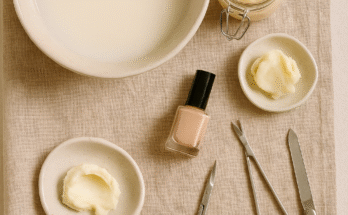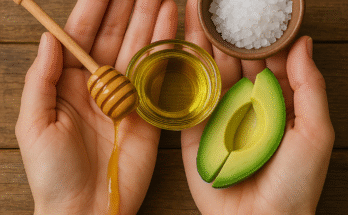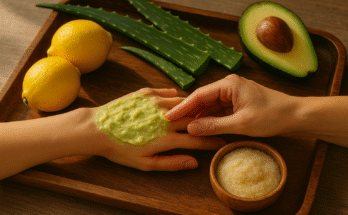The Components of the Moroccan Bath
The Moroccan bath, or Hammam, has become a beloved ritual in modern self-care, particularly among women and brides-to-be. Renowned for imparting softness, radiance, and a youthful glow to the skin, it also helps delay signs of aging while melting away stress and revitalizing blood circulation. In this article, we’ll explore the traditional ingredients and tools that make the Moroccan bath a timeless beauty secret.
Key Ingredients of the Moroccan Bath
The magic of the Hammam lies in its natural, aromatic components:
- Laurel Soap: A cornerstone of the ritual, this olive oil-based soap is crafted with natural ingredients in Morocco. It gently cleanses, soothes inflammation, and leaves the skin irresistibly soft and glowing.
- White Henna: Used to brighten the complexion and even out skin tone, this powder creates a luminous, porcelain-like finish.
- Fassi Anker: A vibrant red clay powder that adds a natural blush to the skin while enhancing its smoothness.
- Moroccan Clay: Rich in minerals, this detoxifying clay purifies pores, removes dead skin cells, and combats acne, leaving the skin fresh and revitalized.
- Rose Water: A soothing toner that calms redness, balances the skin’s pH, and imparts a silky texture while preventing breakouts.
- Ground Lavender: A fragrant powder that lingers on the skin, offering relaxation through its calming aroma.
- Exfoliating Glove (Kessa): Made from natural tree fibers, this coarse mitt sloughs away dead skin, revealing softer, smoother, and more radiant skin.
- Pumice Stone: Perfect for buffing away rough patches, especially on heels, and gently removing fine body hair.
Optional: A pedicure kit to pamper toenails and complete the treatment.
The Traditional Moroccan Bath Ritual
To recreate this luxurious experience at home, follow these steps for glowing results:
- Set the Scene: Seal the bathroom to trap steam, which opens pores and prepares the skin to absorb nourishing ingredients.
- Soak & Relax: Fill a tub with comfortably warm water. Soak for at least 10 minutes to soften the skin and allow pores to open fully.
- Apply the Mask: Mix laurel soap, white henna, and Fassi Anker with a splash of lemon juice. Slather the paste over your body and let it sit for 15 minutes outside the water.
- Rinse & Revive: Wash off the mixture thoroughly with warm water, ensuring no residue remains.
- Exfoliate: Use the Kessa glove to vigorously scrub your skin, focusing on rough areas like elbows, knees, and heels. This step banishes dead cells and unveils a luminous glow.
- Clay Treatment: Blend Moroccan clay with rose water into a smooth mask. Apply it to the face for 15 minutes to detoxify and clarify the skin.
- Seal the Glow: Finish with a splash of cool water to close pores, lock in moisture, and leave your skin refreshed and revitalized.
The Moroccan bath is more than a skincare routine—it’s a sensory journey that pampers both body and soul. With its blend of natural ingredients and time-honored techniques, it’s no wonder this ritual remains a cherished secret for radiant, ageless beauty.





